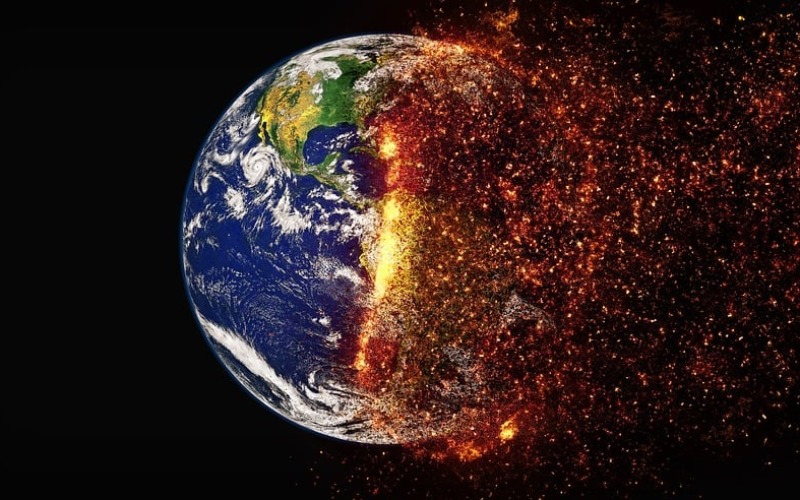
[ad_1]
“Every step ahead in AI is perhaps a step backward for our planet’s local weather,” says Philipp Pratt, an innovation knowledgeable from Geonode, revealing an often-overlooked consequence of the most recent technological developments.
AI improvements are probably the most celebrated expertise developments at present. But, it’s not with out important environmental prices. Superior AI methods require immense computing energy. This interprets on to excessive vitality consumption and (consequently) substantial carbon emissions.
In exploring this hyperlink, we unveil a posh problem intertwining expertise and environmental sustainability.
The Vitality-Hungry Course of
AI’s revolutionary improvements — from autonomous automobiles to stylish healthcare algorithms — are powered by knowledge facilities. And, per a research, international knowledge facilities eat 240 to 340 TWh. As we all know, this vitality comes from energy grids that also rely closely on fossil fuels.
Furthermore, a research revealed that coaching a single AI mannequin might emit as a lot carbon as 5 automobiles over their lifetimes. In a current interview, Nvidia’s CEO confirmed that AI coaching and interference demand large vitality.
At the moment, AI analysis and purposes require three computer systems to coach the expertise. So, combining these elements equates to large energy consumption.
Ripple Impact
Exact statistics on AI’s contribution to international warming are tough to pinpoint. But, some fashions counsel a major enhance in international temperatures instantly linked to the technological sector’s enlargement. A report warns the IT sector might account for as a lot as 14% of the worldwide carbon footprint by 2040. If unchecked, this progress might see AI changing into an accelerator for local weather change as an alternative of a mitigating device.
Listed below are some impacts outlined by Pratt:
- Enhance in Greenhouse Gases: Information facilities are important for AI. Stories spotlight they account for about 3% of worldwide electrical energy and 4% by 2030, with corresponding greenhouse fuel emissions.
- Useful resource Depletion: AI applied sciences rely closely on uncommon earth metals and different assets, that are finite and extraction-intensive, resulting in extreme ecological disturbances.
- Waste Manufacturing: Current advances in AI-powered automation have led to the rise of quick style and digital waste. This course of leads to overproduction and waste, contributing to additional environmental harm.
Pratt warns, “Continous AI improvements might exacerbate international warming at a scale and velocity beforehand unaccounted for.”
What Ought to You Do as a Client?
Innovation is a part of a growing society. Nonetheless, customers, too, have a important position. We will affect change by:
- Supporting Accountable Firms: Select providers and merchandise from firms dedicated to lowering environmental impacts.
- Staying Knowledgeable: Perceive the environmental prices related to the expertise used.
- Advocacy: Propagate the dialogue about sustainable AI and push for rules that encourage greener applied sciences.
Each innovation, and each development in AI, wants analysis for its technological, financial, and (most significantly) environmental impression. The journey towards sustainable AI is a necessity and accountability that innovators, customers, and policymakers should share.
Pratt encourages us to mirror on this query: Will we permit AI to repeat the errors of our industrial previous, or will we steer this highly effective device towards a sustainable future that advantages all?
Content material credit score: https://geonode.com/
[ad_2]
Supply hyperlink







